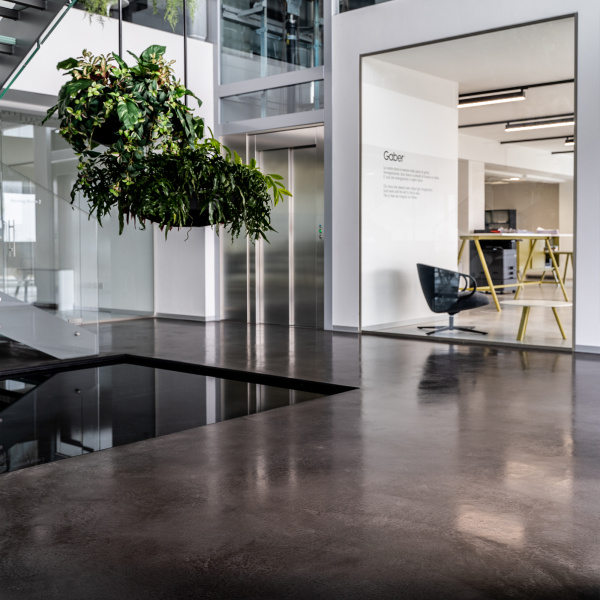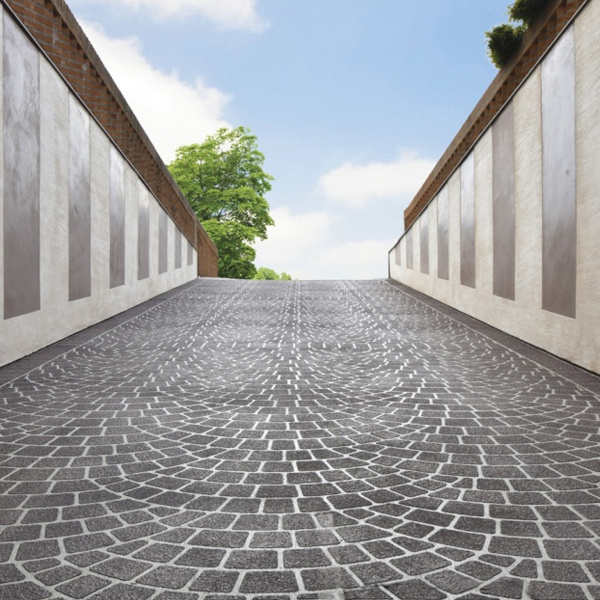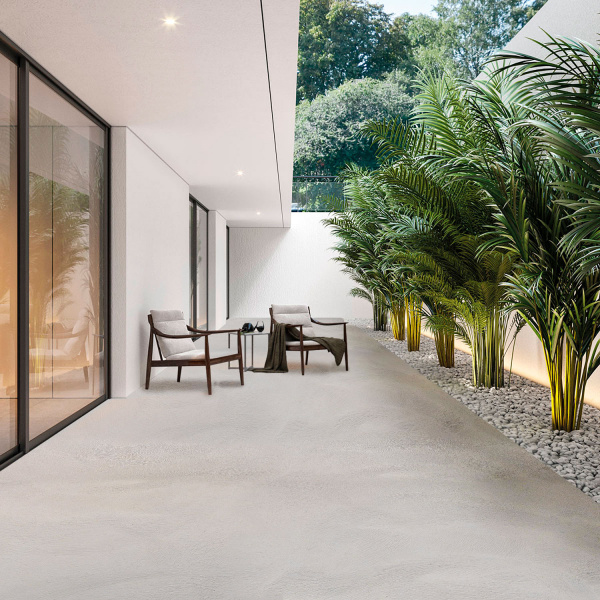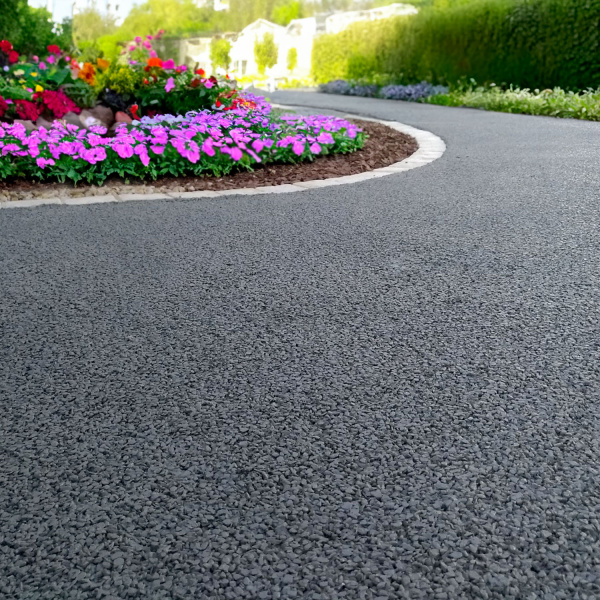Staircases within a house are undoubtedly an element of great charm and elegance. They are probably the best solution for dividing the living area from the sleeping area. However, besides the aesthetic beauty of the structure, it is important to consider two other fundamental aspects: practicality and safety.
So, what is the most suitable material for interior stairs cladding?
The possibilities are many: from porcelain stoneware and marble to classic wood. In the wide range of choices, even microcement internal stairs must be considered.
Isoplam® has been making concrete surfaces for decades and is ready to put all its professionalism at your service to give your living and commercial spaces a design that will certainly not go unnoticed!
Internal stairs in microcement with Microverlay
Returning to microcement internal stairs, the product proposed by Isoplam® for their realization is Microverlay. It is a special cement mixture that was born out of in-depth studies that also involved architects and designers. The dialogue between the different skills has resulted in a unique product that stands out for its exceptional aesthetic performance.
Microverlay is ideal for giving a minimal and industrial design to a home or commercial environment according to the latest trends in contemporary furniture.
At the same time, thanks to the possibility of choosing over 50 different colors with the Microverlay Color Folder, it can be easily adapted to any style.
Among the ideas for covering internal stairs, microcement stands out for its advantages. One of the most important aspects is its extremely reduced thickness: Microverlay is a coating of just 3 millimeters, a feature that makes it adaptable to practically any type of surface.
Why choose a microcement staircase?
There are several reasons for adopting microcement internal stairs. At the beginning of this article we noted how aesthetic beauty, practicality and safety are essential elements for a staircase: with Microverlay all these aspects will be guaranteed!
On the question of practicality, the microcement staircase is characterized by its extreme versatility. In fact, Microverlay can be applied on any type of material: plasterboard, ceramic, marble, mosaic, wood, tiles and much more.
All this also means considerable savings in economic terms, as there will be no need to incur onerous demolition costs.
Moving on to safety, microcement guarantees important mechanical properties. Stairs are transit areas subject to rather frequent foot traffic: Microverlay ensures excellent resistance to wear. Furthermore, the monolithic surface without joints of microcement internal stairs offers high safety standards in terms of hygiene. In fact, dust, and bacteria settle with difficulty.
Even maintenance is transformed into a very simple operation: a cloth and a detergent suitable for cementitious coatings are enough to make the steps shine again. At the same time it is important to underline the composition of Microverlay: it is a water-based product and for this reason, it does not release substances that are dangerous for the health of people and the environment.
The last aspect is that of aesthetic beauty. In this case, images speak louder than words. Let yourself be surprised by the gallery of Isoplam creations and - why not - find some ideas for cladding your interior stairs!
How to make microcement internal stairs with Isoplam®?
Now let's take a closer look at the steps required to create internal microcement stairs with Microverlay. After preparing the support, different coats of the product will be applied, characterized by different granulometry depending on the phase of realization.
Here are the steps followed by Isoplam®:
- application of two coats of Vapor Barrier: this is a three-component epoxy cementitious smoothing primer that is used both as a vapor barrier to counteract rising damp (which could damage the microcement staircase over time), and as an adhesion primer;
- application of two coats of Microverlay Base or Microverlay Medium: they are characterized by coarser grain sizes, ideal for creating the base and for giving resistance to the steps;
- application of one or two coats of Microverlay Finish: it is characterized by a fine grain, which is ideal for finishing and for creating special decorative effects;
- application of Plam Pol: it is a two-component polyurethane resin that hardens in contact with air. It protects microcement internal stairs, forming a uniform water-repellent film resistant to oils, greases, and acids.
Internal stairs in microcement, details on the realization
Microcement internal stairs can also be realized where the thicknesses are greater than the 2-3 mm required for the installation of Microverlay.
For this reason, those who initially planned to build the interior stairs in tiles or wood (thus calculating a greater thickness than with Microverlay cladding) will simply have to create a concrete screed to achieve the required height.
Once the screed has hardened, it will be possible to proceed with the steps described above for the installation of Microverlay.
Internal stairs in microcement for commercial places and public spaces
The high footfall resistance of microcement also makes it suitable for interior staircases subject to heavy foot traffic, such as those in public places.
As insiders know, however, as far as stairs are concerned, regulations are rather specific in the case of commercial places or places open to the public.
Can I use microcement to make the internal stairs in this case?
The answer is yes, the use of Microverlay is compatible with this type of use.
Microverlay also complies with the current legislation on reaction to fire, placing itself in Euroclass A2 fl -s1. That is, according to the UNI EN 13501-1 standard, it can be used along the escape routes.
Contact Isoplam for more information about your country specific regulations.
How much does it cost to cover a staircase in microcement?
Unfortunately, it is not possible to give an unequivocal answer because a large part of the final cost depends on the processing time and the work required on the existing substrate. Microcement, as mentioned in the previous section, is laid on an even base. If, on the other hand, the surface originally has depressions and imperfections, it becomes necessary to level it, with a consequent increase in cost.
However, we can generally say that the price of a step of a microcement staircase is around 80 euros. Overall, the cost is affordable, and, in addition, construction times are usually shorter than for structures developed with other materials.
In short, microcement internal stairs are a quick and effective solution: Isoplam® extends its hand to renew your spaces and give them the design you have long desired.




























